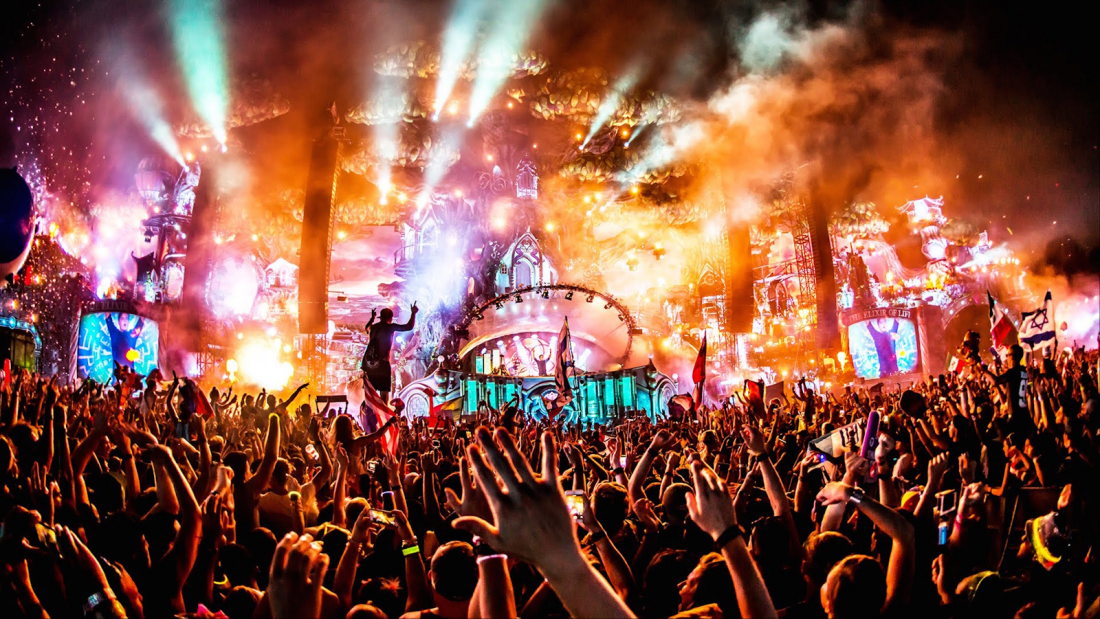
The technology isn’t new, but it’s growing, adapting and becoming more accessible for storytellers and consumers.
Virtual reality and 360 video will make it easier for journalists to be a one-person crew. There’s no “i” in “team,” but there sure is in “iPhone,” which is currently making it possible for untrained professionals to produce professional-level videos and story packages. Mobile devices are also helping trained journalists take the place of an entire production crew.
And in just a few years, if not months, 360 cameras and VR software will become so ubiquitously accessible that one person can film or create an entire immersive experience with little-to-no overhead, and certainly no bulky camera bag.
With 360 cameras, journalists will be able to capture all the possible angles of a scene by themselves. But, the new computing power of these devices will change the expectations that newsrooms have of recent graduates entering the field. A comprehensive list of multimedia skills will become the norm.
VR will continue to blur the line between real life and online presence, which is already happening with social media — and that’s only in 2D. Being able to move freely through a digital world may make it hard for people to distinguish URL from IRL.
All-encompassing frames will make it difficult to exclude any aspects of a space during a scene, so producers will have to painstakingly edit out unwanted images. But what would that look like in practice? Time-consuming and noticeable.
If they’re able to do this well, viewers might have an inauthentic experience of how a story actually transpired, and producers will have to answer to ethical dilemmas of capturing a scene versus staging one.
Story Idea: VR Concert
A consumer of this story could be able to see, hear and fully experience the adrenaline and excitement of a live concert from the performer’s perspective, as well as that of the audience. Being able to move through the audience and see the performance from different angles provides more context to the experience. It also shows the size of the crowd, the depth of the music and the awe of being on stage.
I have two hypotheses about this production idea:
- Because so many large performances for top-charting artists already involve a production crew for documenting or streaming, the stage experience for the performer(s) will be largely unchanged. They’re already used to having camera equipment on stage with them, and this wouldn’t be much different. If anything, it would be less equipment on stage because one camera can capture so many angles at once. A performer could test this by including VR and 360 cameras during a rehearsal to see if they feel disrupted or disturbed by the presence of the tech on stage.
- If a performer’s show sells out, or they only perform their show a few times (looking at you, Beychella), then people could still buy tickets or access to a VR or 360 version of the show and experience the show. This eliminates the prospect of the artist losing revenue from over-shared footage of their performance, and maximizes opportunities for ticket sales. The revenue streams could be compared with ticket sales and reviews of the experience to see if people enjoyed the media and would still be willing to pay to see the show live.
We’ve seen the success of Beyonce’s Homecoming documentary with Netflix’s 149 million global subscribers; imagine how much the experience would change if viewers could be on stage with her.